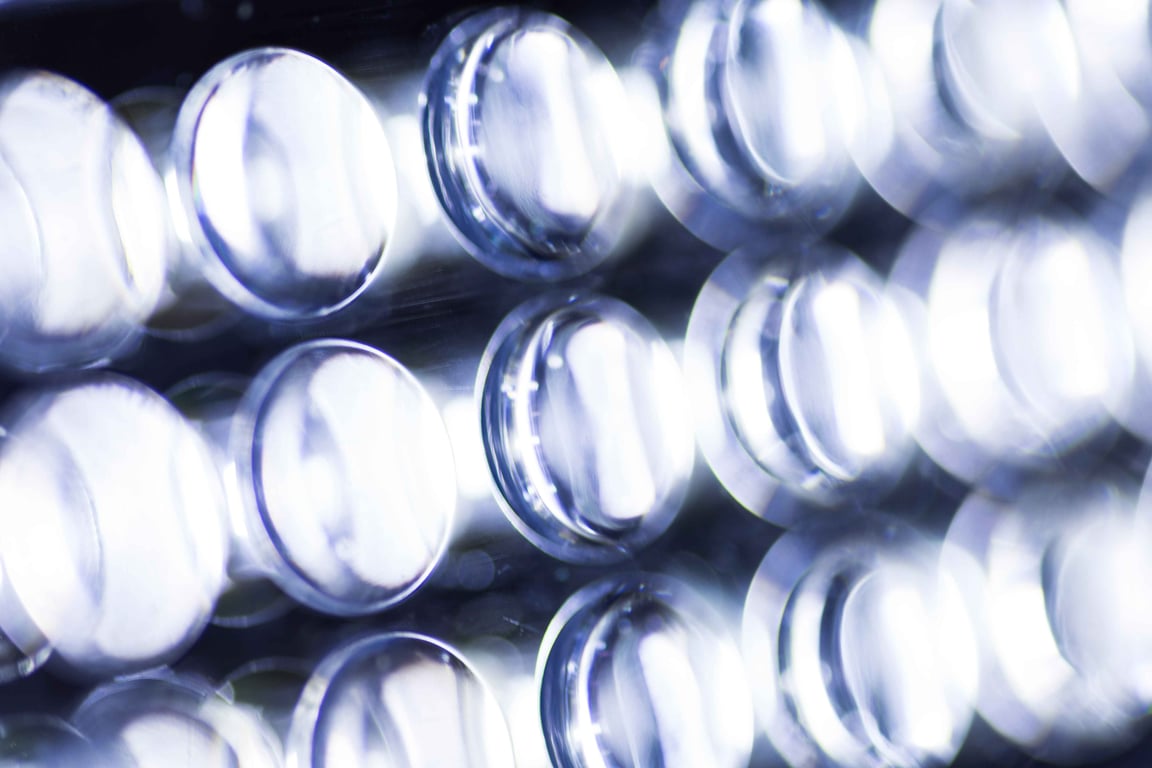Lowest Price Guaranteed Shop Now

LED technology has become increasingly popular in recent years due to its many advantages. LED, which stands for Light Emitting Diode, has been touted as one of the most efficient lights on the market. We are seeing LEDs surface in homes for indoor lighting as well as part of outdoor landscape designs.
The main benefit of LED lighting is its minimal power consumption. In contrast to incandescent bulbs which operate at 20% efficiency, LEDs operate at 80% efficiency with less energy lost as heat. Furthermore, LEDs last a lot longer than incandescent bulbs, so in addition to the efficiency, you will save substantial amounts on light bulbs and energy costs.
1. Long life LEDs can last anywhere from 35,000 to 50,000 hours or 5+ years when the proper conditions are met. Fluorescent tubes last up to 15,000 hours while incandescent light bulbs burn out before 2,000 hours. That’s nearly 18 times less than the life of an LED on the low end of the scale. Many LEDs outlast 50,000 hours if conditions are satisfactory.
2. LEDs are perfect for outdoor landscapes since they perform well in extreme climates and temperatures. Temperatures as low as -40F and as high as 170F are no match for LEDs. Also, LEDs are stronger and more resistant to wear and tear in contrast with fragile fluorescent and incandescent bulbs.
3. Traditional lighting requires color filters to produce pattern sequences. LEDs emit any color light without the need for filters which lowers initial operating costs due to increased efficiency.
4. LEDs are a perfect enhancement to landscape lighting designs because they do not produce a large amount of heat. They can be applied to most fixtures and design features without damaging delicate surfaces. Traditional lighting can be harsh and radiate heat towards people in their vicinity. LEDs do not emit any UV light which can also help to protect sensitive surfaces.
5. LEDs are extremely durable and easy to move around and re-locate. They are shock resistant due to their plastic housing.
6. LEDs dim over time instead of turn off abruptly like incandescent light bulbs. You can catch the bulb as it is losing light before it dims out completely. This is important for safety reasons as abrupt loss of power can endanger people walking in the dark of night.
7. Incandescent and fluorescent lights require external reflectors to focus light on a specific area. Landscape design often contains water features, fountains or specific structures or plants that necessitate light that does not bleed into surrounding areas. LEDs can collect light and project it at angles in any direction.
8. LEDs have a short warm up time and reach full brightness in less than a second. Fluorescent lamps require a delay to reach their color temperature.
9. LEDs contribute to “green” living with no filaments or toxic gas emissions.
LEDs have many advantages over traditional lights. Whether to light a beautiful landscape or illuminate rooms, LEDs provide many benefits for homeowners inside and outside their homes.
Check these: